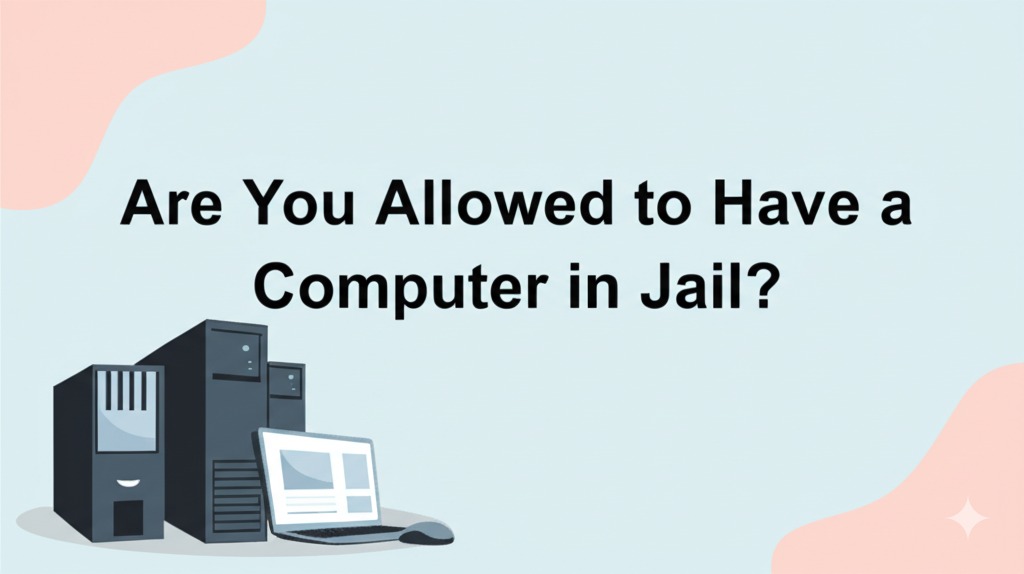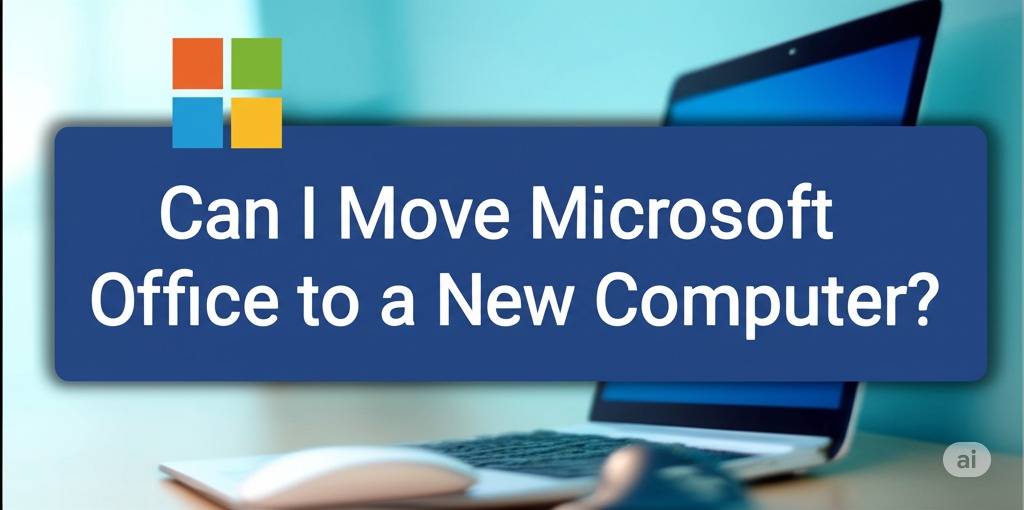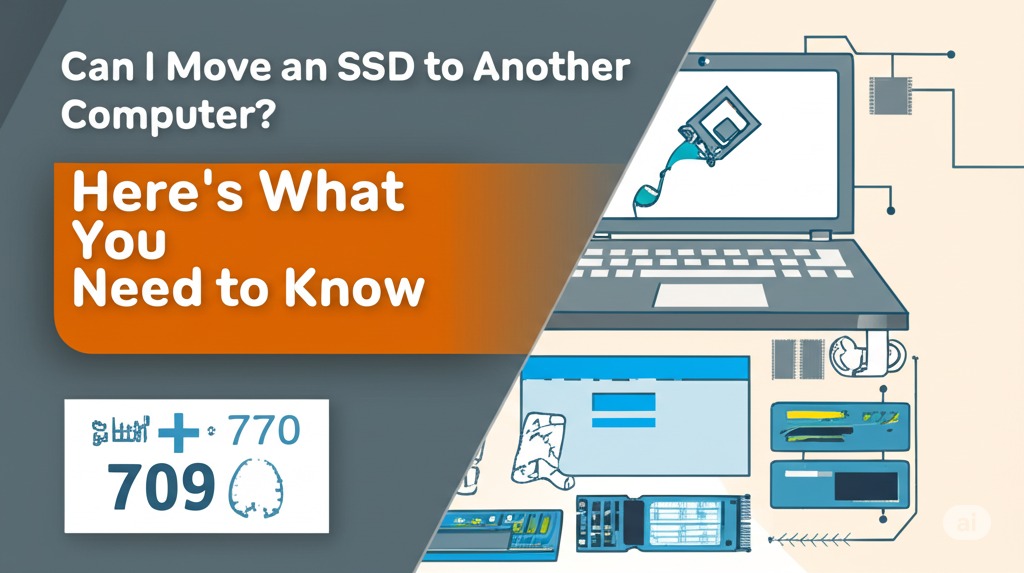In a world where technology plays a central role in daily life, it’s natural to wonder about its availability in restricted environments like jails and prisons. One common question that arises is whether inmates are allowed to have computers. While the answer might seem straightforward, there are a variety of factors at play when it comes to technology in incarceration facilities. In this article, we’ll explore the rules, regulations, and exceptions related to computers in jail, helping you understand what’s really allowed behind bars.
Why Technology in Jail Matters
Prison Technology: A Double-Edged Sword
The debate over technology in jails and prisons is not just about convenience but also security and rehabilitation. On one hand, technology offers inmates the opportunity to continue their education, communicate with family, and access legal resources. On the other hand, it presents significant risks, including the potential for criminal activities to be coordinated and contraband to be smuggled in.
For these reasons, the use of personal devices like computers is heavily regulated. However, understanding the nuances of these policies is essential for a full picture.
The General Rule: No Personal Computers Allowed
Strict Regulations on Personal Devices
In the majority of jails and prisons in the United States, inmates are not allowed to have personal computers. The primary reason is security. Personal computers can be used to access the internet, which could enable prisoners to communicate with outside contacts or engage in illegal activities, such as planning escapes or coordinating crimes.
Limited Access to Technology for Educational Purposes
While personal computers are prohibited, certain types of computer use are permitted under strict supervision. Many prisons provide inmates with access to computers for educational purposes, including programs to complete their GED, vocational training, or even college courses. These computers are typically isolated from the internet and have restrictions to ensure they’re only used for educational content.
Exceptions to the Rule: Technology for Rehabilitation and Legal Purposes
Access to Law Libraries and Legal Research Tools
Inmates are generally allowed access to computers for legal research. This access is typically through law library computers or kiosks that contain a curated set of legal resources. This allows incarcerated individuals to prepare their cases, file motions, and better understand their legal rights, which is an important part of ensuring a fair justice system.
Education and Rehabilitation Programs
In recent years, some correctional facilities have started to embrace technology as a means of rehabilitation. Some prisons partner with educational programs that allow inmates to use computers for online courses or even degree programs. These systems are typically highly controlled and feature limited functionality to prevent misuse.
Technological Innovations in Jail: Tablets and Kiosks
Tablets: The New Inmate Technology
While personal computers are prohibited, tablets are increasingly being allowed in jails and prisons. These devices are typically provided by third-party companies that specialize in prison technology. They are often locked down with limited functions, such as access to educational content, approved communication services (like emails or messaging), and entertainment like books and music. Tablets provide a middle ground between complete technological isolation and uncontrolled access.
Kiosks: Controlled Communication and Services
In addition to tablets, some jails have kiosk systems in common areas where inmates can access approved services, like checking messages, making purchases from the commissary, or sending emails. These kiosks are generally not connected to the internet in a traditional sense and have strict security protocols to prevent unauthorized activities.
Risks and Security Concerns
The Potential for Abuse
Despite the potential benefits, technology in jails is not without its risks. The internet, even if it’s restricted, can open doors to illegal activities. For example, inmates have been known to use contraband phones and other devices to bypass security systems and engage in criminal activities. Unauthorized access to the internet can lead to more serious crimes or even jail breaks.
Security Measures in Place
To counter these risks, prison officials implement strict protocols. These might include internet restrictions, constant monitoring of communication, and the use of firewalls and filters to block unauthorized websites. Additionally, any technology provided is typically monitored closely to ensure it is not used to circumvent the rules.
Conclusion: Balancing Rehabilitation and Security
While personal computers are generally not allowed in jail due to security concerns, technology still plays a significant role in modern incarceration. Inmates can use computers for educational purposes, legal research, and rehabilitation, though these tools are carefully monitored and heavily restricted.
As society continues to evolve with technology, the challenge of balancing inmate rehabilitation with security will persist. Prisons are increasingly exploring the benefits of providing access to controlled technology, but the risk of abuse remains a constant concern.
If you’re curious about the role of technology in prisons or have a specific case in mind, it’s worth exploring the regulations in your local jurisdiction or specific facility. Understanding these rules helps to ensure that technology can be used effectively for both rehabilitation and security in the prison system.

Caleb Carlson is a contributing writer at Computer Site Engineering, specializing in computer technology, software trends, and hardware innovations. His articles simplify complex tech topics, making them accessible to readers of all levels.





